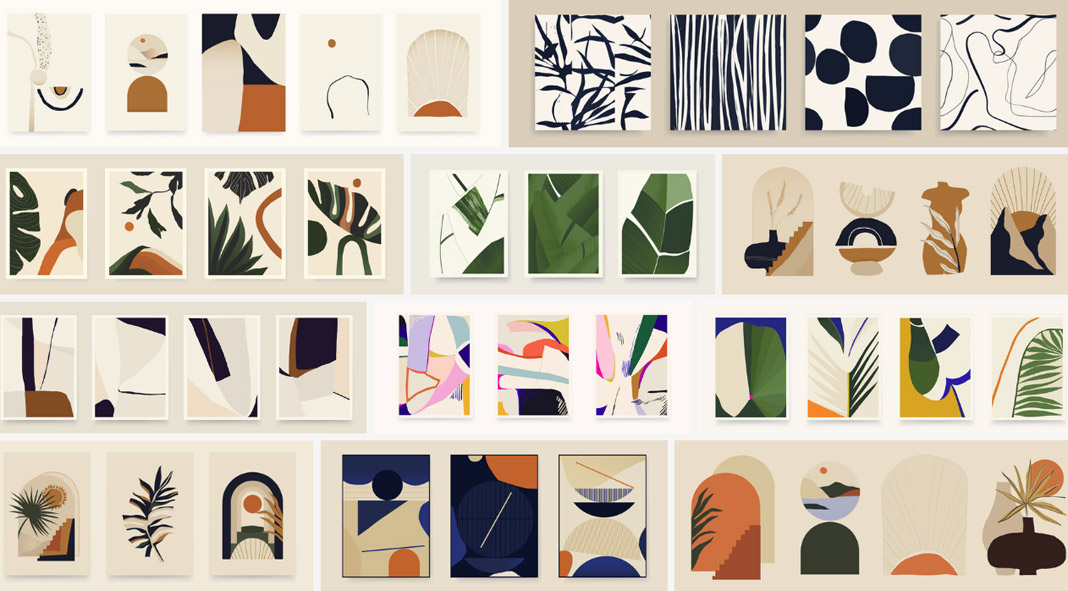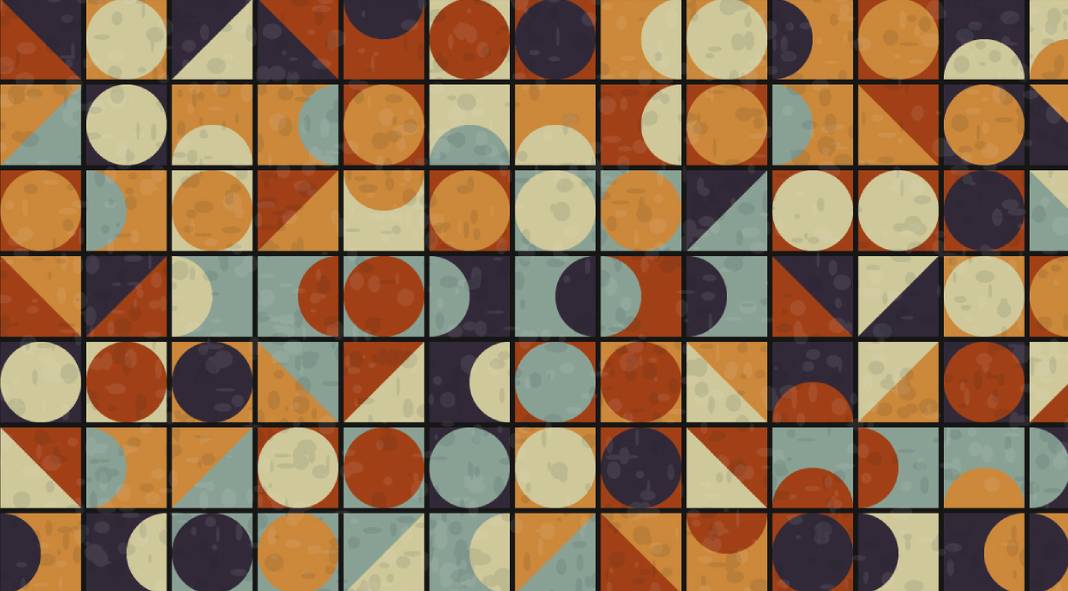In the vast realm of artistic expression, geometric art stands as a mesmerizing testament to precision, symmetry, and mathematical beauty. Its allure lies not just in the captivating patterns and shapes, but also in the intricate mathematical principles that underpin these creations. Let’s embark on a journey through the fascinating world of geometric art, exploring its origins, evolution, and enduring appeal.
The Birth of Geometric Art
Geometric art finds its roots in ancient cultures, where geometric shapes held symbolic and mystical significance. From the precise proportions of the Egyptian pyramids to the intricate geometric patterns adorning Islamic art, the allure of shapes like circles, squares, triangles, and spirals has transcended time.
However, it was in the early 20th century that geometric art began to flourish as a distinct movement, propelled by artists seeking to break away from representational art. Visionaries like Piet Mondrian and Kazimir Malevich sought to distill art to its fundamental forms, paving the way for a revolution in artistic expression.
Evolution and Principles
Geometric art revolves around the meticulous application of mathematical principles. Lines, angles, shapes, and colors harmonize in precise arrangements to create visually compelling compositions. The interplay between symmetry, balance, and repetition forms the core of geometric art, inviting viewers into a realm of structured beauty.
At its core, geometry serves as the language through which artists communicate. Whether exploring the elegance of Euclidean geometry or the complexities of fractals and tessellations, each artwork is a testament to the artist’s mastery of mathematical concepts.

Renowned Geometric Artists
Bridget Riley’s op art masterpieces manipulate optical illusions through meticulous arrangements of lines and colors. Her works, like “Movement in Squares,” captivate audiences, inviting them to question their perception of reality.
Victor Vasarely, hailed as the father of op art, mesmerizes with his vibrant and dynamic compositions. His exploration of optical effects through geometric shapes in artworks like “Zebra” exemplifies his mastery of form and perception.
Sol LeWitt, known for his conceptual approach, employed precise instructions for creating his artworks. His wall drawings, based on geometric forms and executed by others following his instructions, challenge the conventional idea of the artist’s hand and invite contemplation on the essence of art itself.
Enduring Appeal
The enduring appeal of geometric art lies in its ability to evoke a sense of order, harmony, and contemplation. Beyond its visual impact, it prompts viewers to explore the interplay between mathematics and aesthetics, inviting a deeper appreciation of both disciplines.
In a world driven by constant change, geometric art stands as a testament to timeless principles. Its allure continues to captivate audiences, transcending the boundaries of culture, time, and perception.
Conclusion
Geometric art is more than just a visual spectacle; it’s a celebration of precision, mathematical elegance, and boundless creativity. From its ancient roots to the avant-garde movements of the 20th century and beyond, the allure of geometric art remains unwavering.
As we immerse ourselves in the works of visionaries like Bridget Riley, Victor Vasarely, and Sol LeWitt, we embark on a journey that transcends shapes and colors, delving into the intricate symphony of mathematics and art. Geometric art, with its hidden gems and precise forms, continues to mesmerize, inviting us to explore the infinite possibilities within the confines of structured beauty.
Feel free to find more inspiring art on WE AND THE COLOR. Header image by vector_master via Adobe Stock.
Subscribe to our newsletter!
















